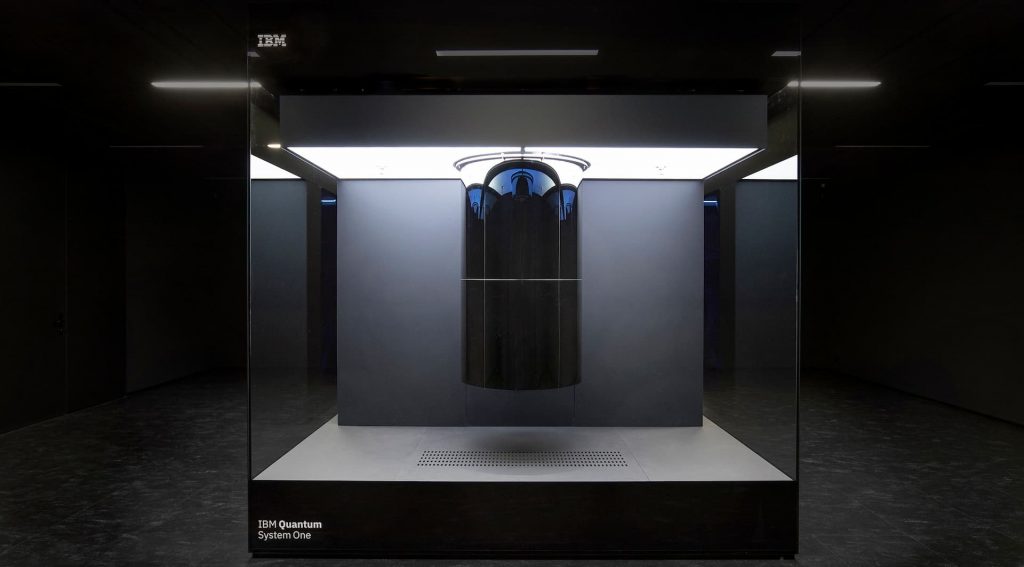IBM’s announcements from the IBM Quantum Summit this week focused on its latest achievements–the 127-qubit Eagle processor–but also on future changes to the company’s quantum system architecture.
As IBM moves beyond its Quantum System One architecture to its Quantum System Two phase it is planning to move to a more modular system architecture that will address growing demand for more flexibility in quantum system configurations. One of the biggest areas of evolution fueling the design of the new architecture will be in cryogenics.
Jerry Chow, director of quantum hardware system development at IBM Quantum, told Summit attendees that IBM is partnering with Finland-based cryogenic systems specialist Bluefors, and that two companies together “are imagining the next generation of cryogenic infrastructure.” That next generation will be based on Bluefors’ new Kide cryogenic platform.
Russell Lake, research and development lead, quantum applications at Bluefors, also spoke during the event, saying, “Controlling more qubits than ever before motivates a new way of thinking about quantum systems, starting with the cryogenic system itself.“
He added that one of the primary features of Kide is a hexagonal design that allows unprecedented accessibility, paving the way for the possibility to provide a larger shared cryogenic workspace. That means more room for the support hardware that will be required by increasingly powerful processors, as well as the greater ability for engineers to access and service hardware and other elements inside the quantum system’s cooling fridge.
Kide also supports the potential to link quantum processors through novel interconnects in a more data center-like approach to quantum system design, which fits with IBM’s vision for Quantum System Two to become the architectural cornerstone of future quantum data centers.
“The six-fold symmetry of the Kide platform means that systems can be joined and clustered to enable vastly expanded quantum hardware configurations,” Lake said
Lake also said Kide allows optimized cooling “by separating cooling for the quantum processor from operational heat loads.”
Chow said IBM also is pursuing other cryogenic innovations like the development of “novel high-density flexible cryogenic cables.” He added that the company is going to have “the world’s most advanced cryogenic system.”
